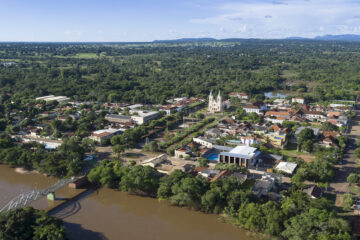Este post também está disponível em:
Português
English
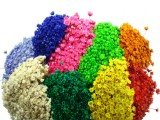
The Sempre-Viva flower or Sempre-Viva flower is widely used as a cut flower in the making of fresh or dried floral arrangements and is typical of the Chapada Diamantina.
The Municipal Park Projeto Sempre-Viva in Mucugê protects numerous species of local fauna and flora and has as its main objective the recomposition and implementation of the technology of cultivation, management and commercialization of the evergreen flower (ornamental plant).
Mucugê Municipal Park is managed by the municipality of Mucugê, in agreement with the State of Bahia and the Forestry Development Department of the Catholic University of Salvador, BA.
At km 92 of the BA-142 is the headquarters of the Evergreen Project created to preserve the evergreen flower typical of the Chapada Diamantina, threatened with extinction. The visit includes the research laboratory and the trail to the Piabinha and Tiburtino waterfalls.
With its headquarters embedded in the rocks, the park is located near Mucugê and can be accessed by asphalt. A small fee is payable to visit the research facilities, waterfalls and trails.
In Mucugê, the first diamonds of Chapada Diamantina were discovered in 1844. One of its most interesting attractions is the only Byzantine-style cemetery in Brazil, which draws the attention of those who arrive in the city.
The Byzantine-style cemetery is composed of church-shaped tombs, all painted white, reminiscent of the neo-Gothic architectural style of the mid-18th century.
Mucugê is also listed as a national heritage site by the National Historical and Artistic Institute (IPHAN) and was built on the banks of the Serra do Sincorá.
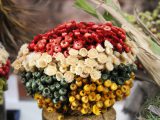
Mucugê surrounded by mountains, the average temperature in the city is 19˚C.
Its main highlight is the Mucugê Municipal Park, where the Sempre-Viva Park is located, a successful project of environmental education and preservation, in addition to the Living Museum of Garimpo.
It is also a privileged municipality, since 52% of its territory is covered by the Parque Nacional da Chapada Diamantina. The main cultural attractions of the city are the São João festivities, the Chorinho Festival and the Vozes na Chapada.
The Sempre-Viva Project
The Sempre-Viva Project offers an immersion experience in the Mucugê Municipal Park, with a laboratory for research aimed at the study of local flora, especially the Sempre Viva, an endemic flower of the region.
Passing through historical places revealing the culture of the diamond mining time, as well as natural attractions such as trails and waterfalls.
The Always-Living Park is a quiet walk, with easy trails and close to Mucugê. Here you will get to know the Piabinha Waterfall and the Tirbutino Waterfall, exhibitions about the Always Alive and mining.
Garimpo Museum
The Garimpo Museum at the Sempre-Viva Project tells the story of the beginning of diamond mining, the methods applied, the use of the diamond and the decline of the activity. As well as, the formation of many villages and towns of Chapada Diamantina, among them, Mucugê.
At km 92 of the BA-142 is the headquarters of the Sempre-Viva Project and there is part of the Living Museum of Garimpo, the other part, at km 93.5, is a “burrow”, former home of miners, with exhibition of objects and replica of the largest diamond found in the world.
It is open to tourism from 08h00 to 17h00 and visitors can enjoy the Piabinha and Tiburtino waterfalls, on the Cumbuca River, which first yielded diamonds in the 19th century.
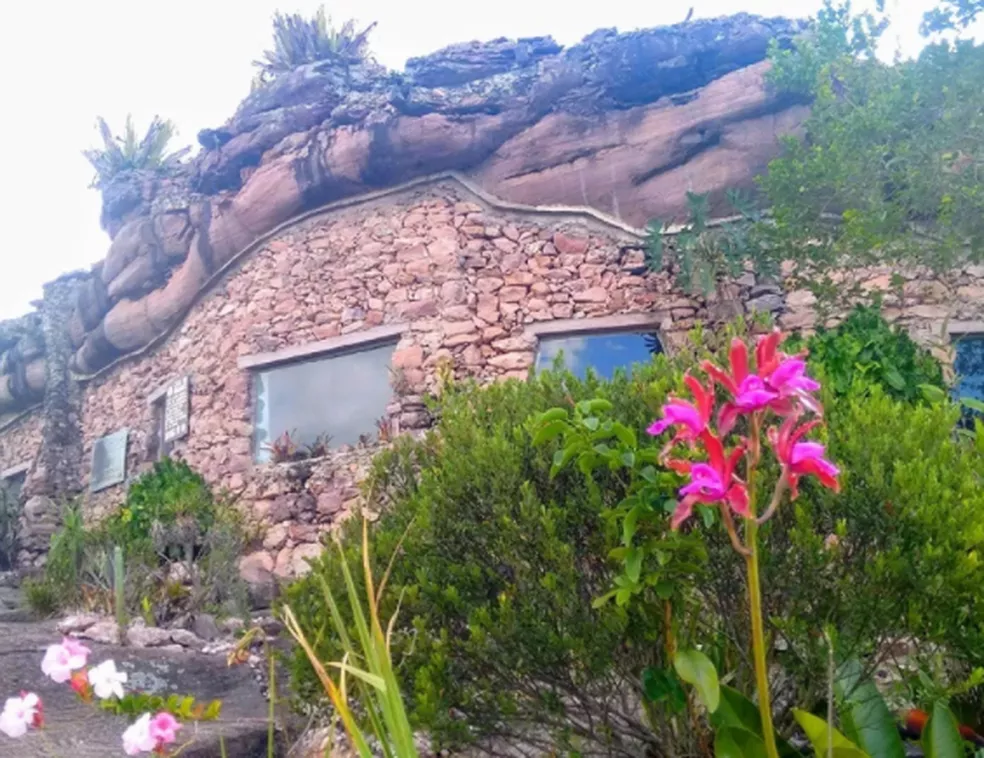
Map of the Trails and Tourist Spots of Chapada Diamantina
Waterfalls in the Sempre Viva Project
After learning about the history of the Project and the Garimpo we can go to a trail that is not guided, but made by the visitor himself, but it is easy and fast, it takes about 20 minutes.
First we see the Piabinhas Waterfall and finally the Tiburtino Waterfall;
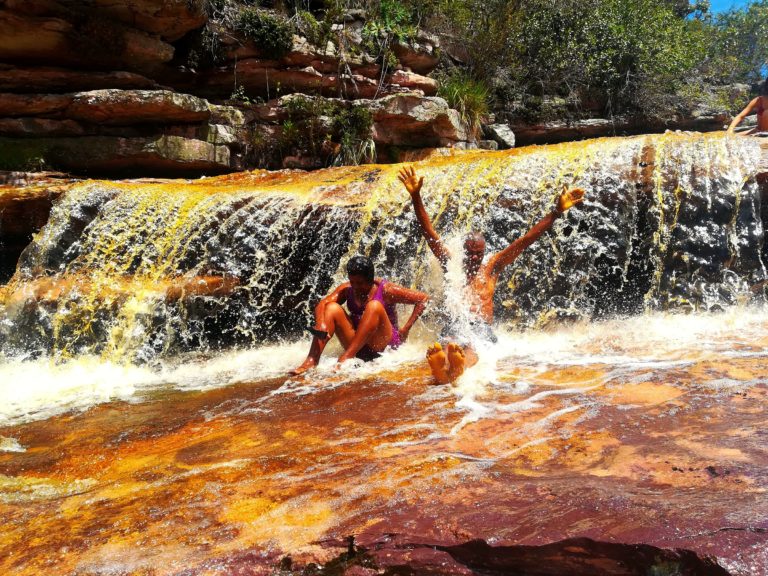
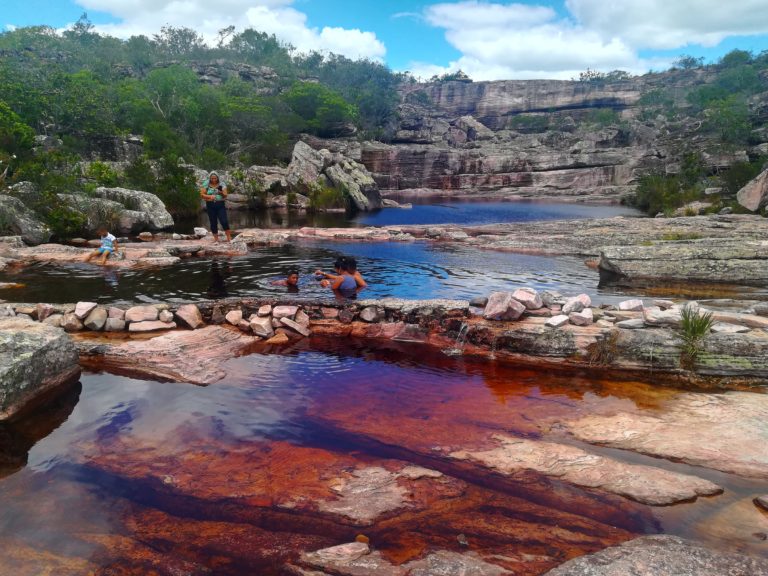
Videos about the Sempre-Viva Project


Projeto Flor Sempre-Viva - Cultivo
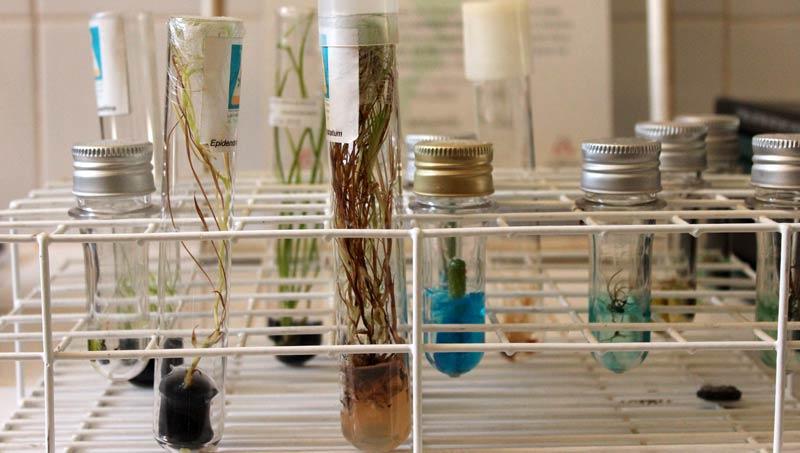
Flor Sempre-Viva - Cultivo e Origem
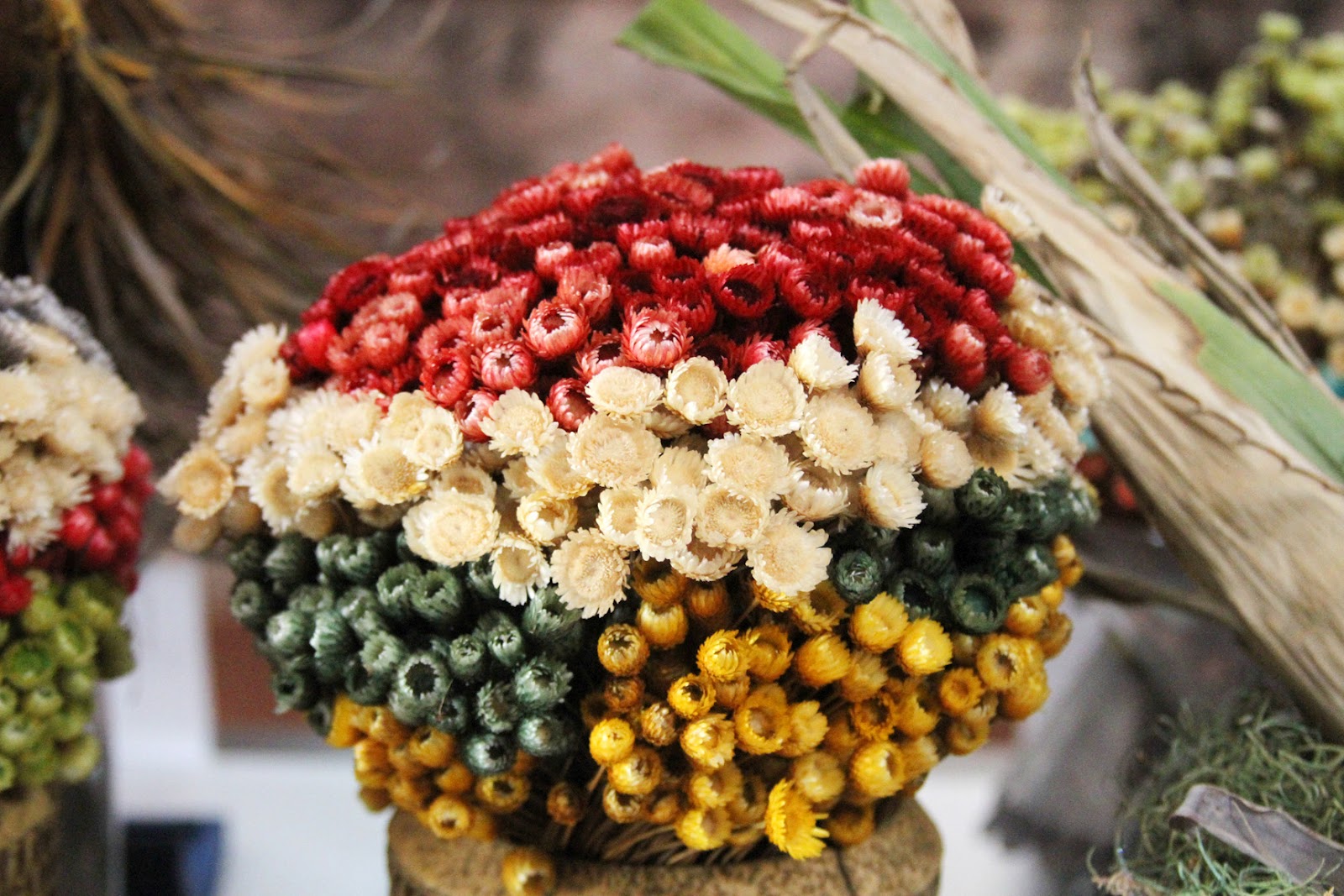
Projeto Sempre-Viva25:49
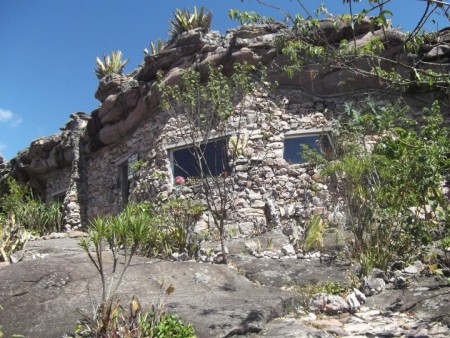
Museu do Garimpo em Mucugê
Cultivation of the Sempre-Viva flower – Evergreen Flower
The Sempre-Viva flower or Evergreen flower (Helichrysum bracteatum) is an annual herbaceous plant, which grows from 0.7 to 1.2 m in height, and quite delicate leaves. Its flowers are small, but quite eye-catching. Formed in spring, its leaves are extremely durable.
They are not commonly grown in pots due to their high need for direct sunlight. When planted in gardens, they are used in isolated clusters or borders.
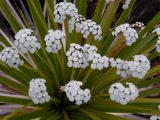
In some countries, such as the United States, the buds of the Everlasting flower are picked when not yet open and are dried hanging upside down. Its dried flowers look very beautiful, and give a country touch to the environments.
The Everlasting flower is often used as a cut flower in fresh or dried flower arrangements.
It is tolerant of lower temperatures, but can also be grown in warmer climates.
How to grow the Sempre-Viva flower
The Everlasting Flower grows well when planted in full sun. Cultivated in gardens in full sun, forming isolated sets or clumps, in beds with well-prepared soil, enriched with humus, and with good drainage.
Water the soil well when the first 5 cm of the soil becomes dry. The plants tolerate dry periods very well, but do best when the soil is very dry.
How to reproduce
The Everlasting Flower is multiplied by seeds, which are usually sown in winter and spring.
Evergreen flower is typical of Chapada Diamantina becomes a symbol of preservation




